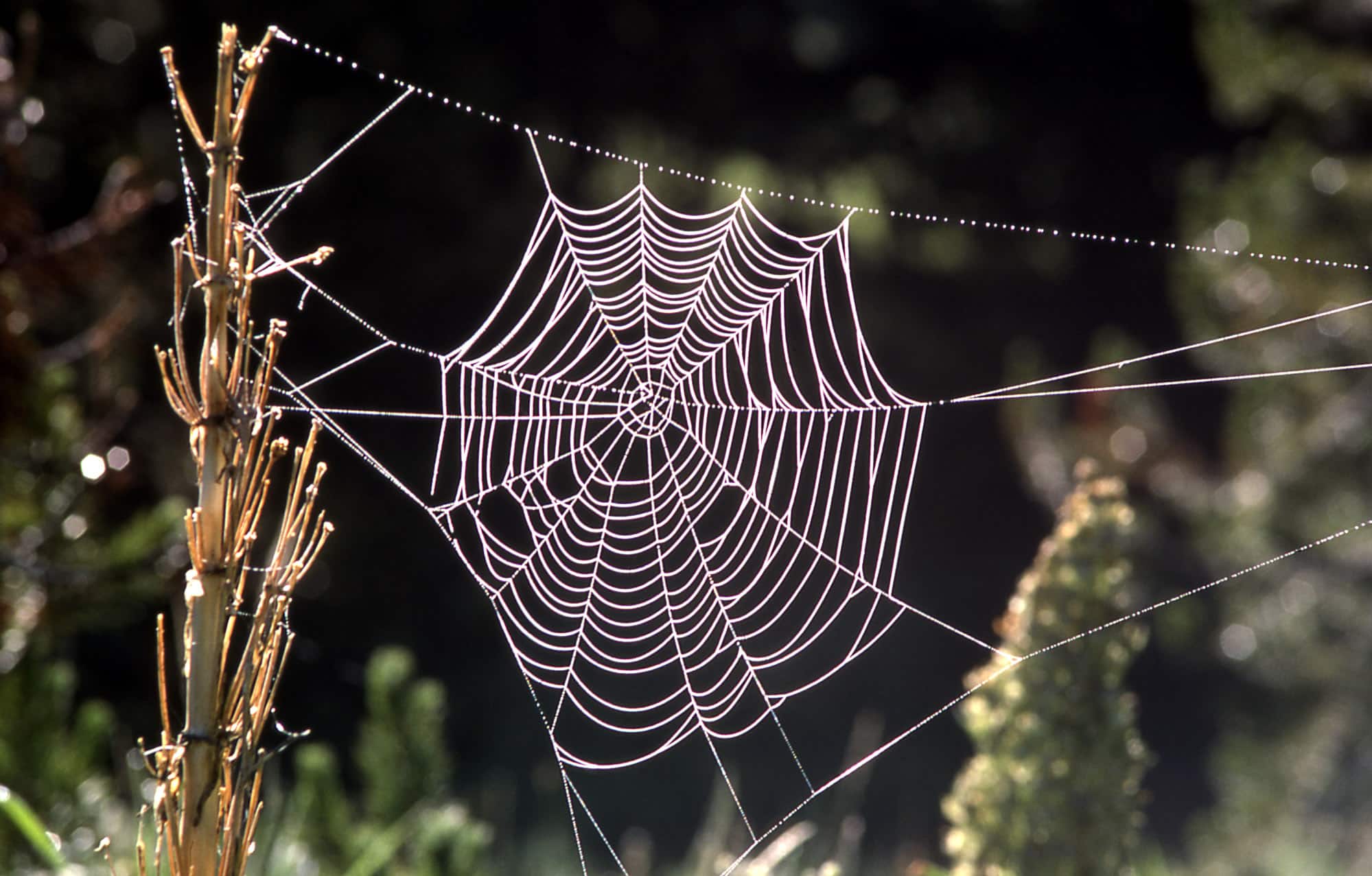Apart from limited nerve grafts, doctors have only been able to use synthetic conduits (interposition graft), to reconnect severed nerves so that the nerve fibres can grow back together. Extensive nerve injuries of more than 5 cm in length in the peripheral nervous system following a serious accident or after tumour resection, requires plastic and reconstructive surgery. And now, like a blessing from Mother Nature, scientists have discovered that the golden orb-weaver spider from Tanzania spins strong webs which could be used for these purposes.
According to the scientists, the spider silk is more tear-resistant than nylon and four times more elastic than steel, is heat-stable up to 250° C, extremely waterproof and, on top of that, has antibacterial properties. These characteristics also make it attractive from the point of view of biomedical research.
Christine Radtke from the Medical University of Vienna, the lead of the study, along with her team, has developed a new microsurgery technique that deploys the silk of this golden orb-weaver in veins as a way of reconnecting big breaks in nerve fibers.
After testing in animal models, the technique was found to be efficient in repairing nerve damage over a distance of six cm (2.3 in
). These nerves fibers grew back together in a functional way within nine months, while the spider threads were naturally broken down by the body without causing a negative reaction.“This acts almost like a rose trellis,” explains Radtke. “The nerve fibers use the silk fibers to grow along in order to reconnect with the other end of the nerve. The silk provides the cells with good adhesion, supports cell movement and encourages cell division.”
The author states that over several hundred meters of silk are required currently to mend a six-centimeter nerve gap. There are 21 spiders in her lab that are presently “milked” once a week. This process does not harm the spider, which then receives an extra ration of cricket. She says 200 m (656 ft) of silk can be obtained within just 15 minutes.
The team is now working to certify spider silk as a medical device, so the technique can be tested in human trials. And once that has been done, there are other potential applications, says the surgeon: for example in orthopaedics for meniscus or ligament injuries or as a potential skin substitute for deep skin burns. It is possible that spider silk could also be used in future for other neurological diseases where cell transplantation plays a role.



























